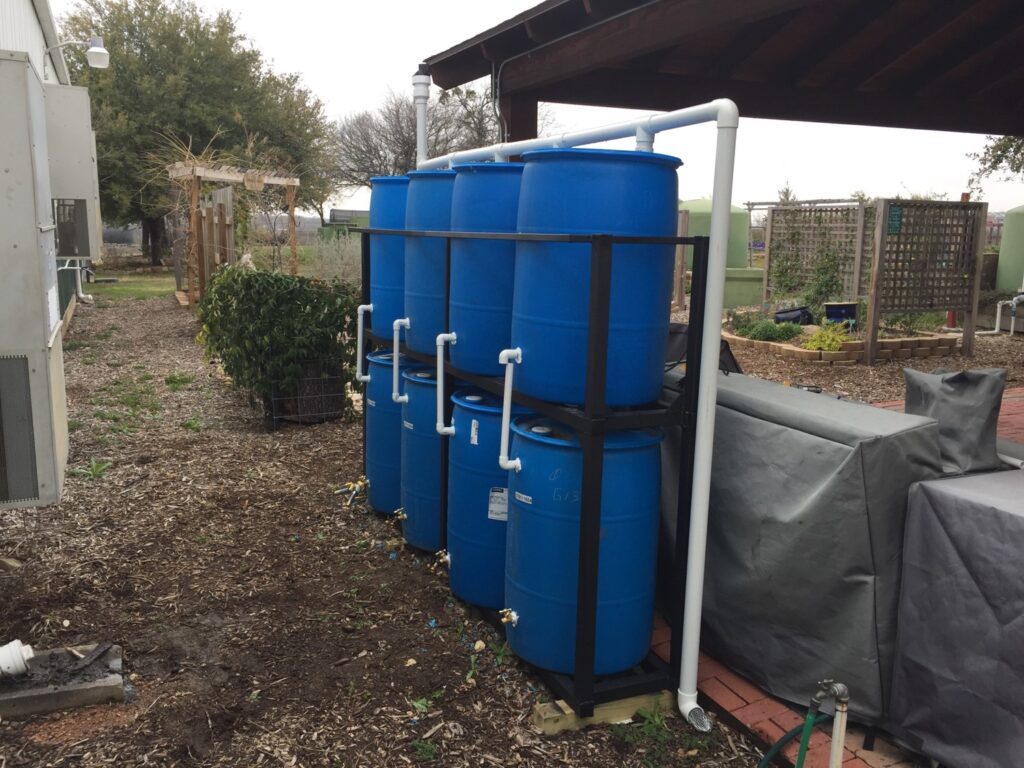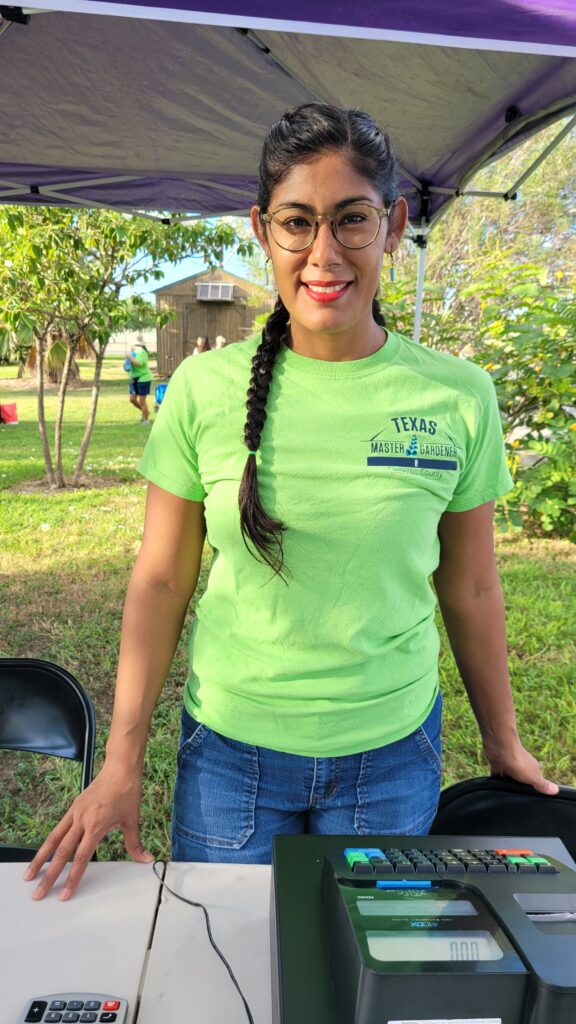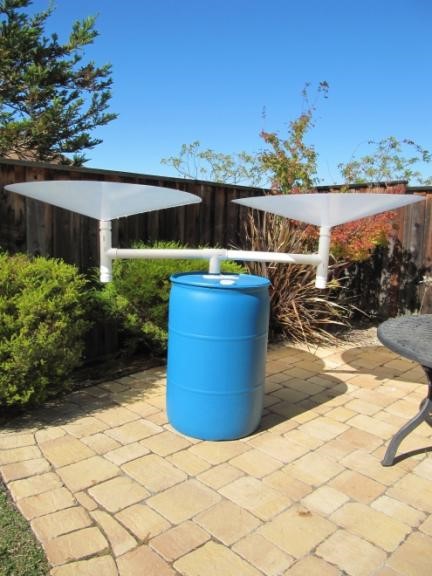- La Feria Community Holds Succesful Business Mixer Event
- Little Nashville to Take Place in Downtown Mercedes
- Lions Basketball Captures District Gold
- La Feria ISD Students Compete in Regional Chess Tournament
- Lions End First Half of 32-4A on a High Note
- La Feria ISD Held Another Successful Parent Conference
- Strong Appearance for Lions at Hidalgo Power Meet
- LFECHS Students Get to Meet Local Actress
- Students Participate in Marine Biology Camp
- Two LFECHS Students Qualify for All-State Band
The Garden Gate: Rainwater Harvesting
- Updated: November 19, 2022


Efficient water use is increasingly important throughout Texas and with the growing population and limited supply of both groundwater and surface water, homeowners must use water wisely. In many Texas communities, between 30 to 50 percent of the total water supply is used for landscape irrigation. Water conservation and the development of alternative water supplies are necessary to meet our growing demand for fresh water. Rainwater harvesting is an innovative, alternative water supply approach anyone can use. It captures, diverts, and stores rainwater for later use, and it can be used for plants because it is free of salts and other chemicals that can potentially harm root growth.
A simple harvesting system consists of catchment, storage, and distribution systems. A catchment area is just any area from which water can be collected. The best catchment areas have hard, smooth surfaces, like the roofs of homes, sheds, or buildings, which are also referred to as the roof footprint. Knowing your roof footprint will help you determine how much potential rainwater you could harvest, as well as from where to harvest. Sometimes water is caught in small containers and stored for later use, like a rain barrel. Water dripping from the edge of a roof to a planted area or diversion channel located directly below the drip edge is also an example of a simple water harvesting system.
Captured rainwater is often used in landscaping because the water is free of salts and other harmful minerals. The types and numbers of plants in your landscape, along with their growth stages and sizes, determine the amount of water your plants need to be healthy.

Because rainfall varies throughout Texas, different plants have become adapted to conditions in different regions of the state. Native plants in your region are the best choices for your landscape because their water requirements are usually met by normal rainfall amounts during most times of the year. Plants love rainwater because it contains nitrogen, which provides a slight fertilizing effect on them and is one of the purest sources of water available.

There are plenty of ways to increase water efficiency and help your rainwater go further. Avoid giving your plants more water than they need, check and maintain soil moisture with a soil moisture probe, and do not water either directly after or before a rainfall event is expected. Only use your supplemental water during the time in between rain events, watering deeply and infrequently to encourage deeper rooting. Two to four inches of your favorite mulch prevents evaporation, helps with infiltration, and prevents the growth of weeds which have the potential to compete with your plants for water. Watering closer to your plant’s root zone by utilizing a soaker hose or drip irrigation will increase the effectiveness of the irrigation and reduce evaporation.
The photos shown are some images of simple rainwater harvesting systems.





